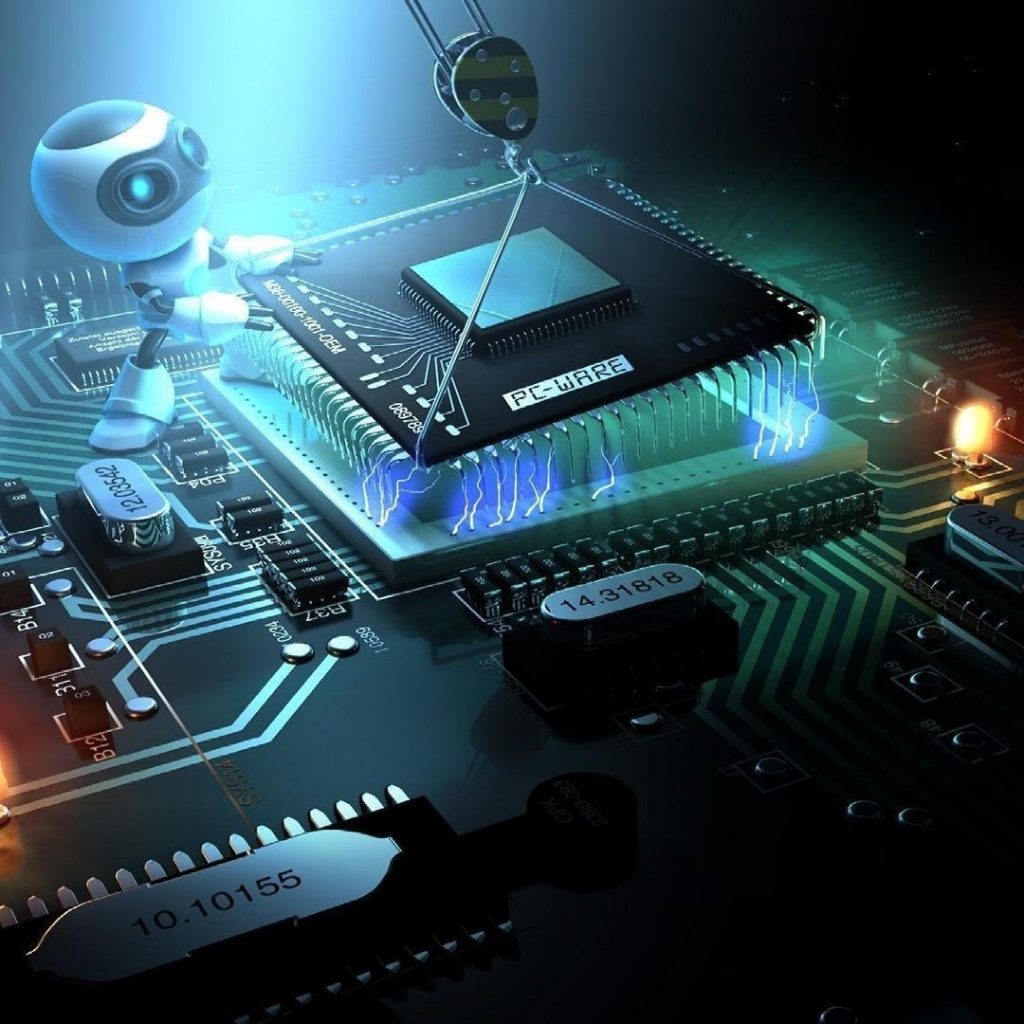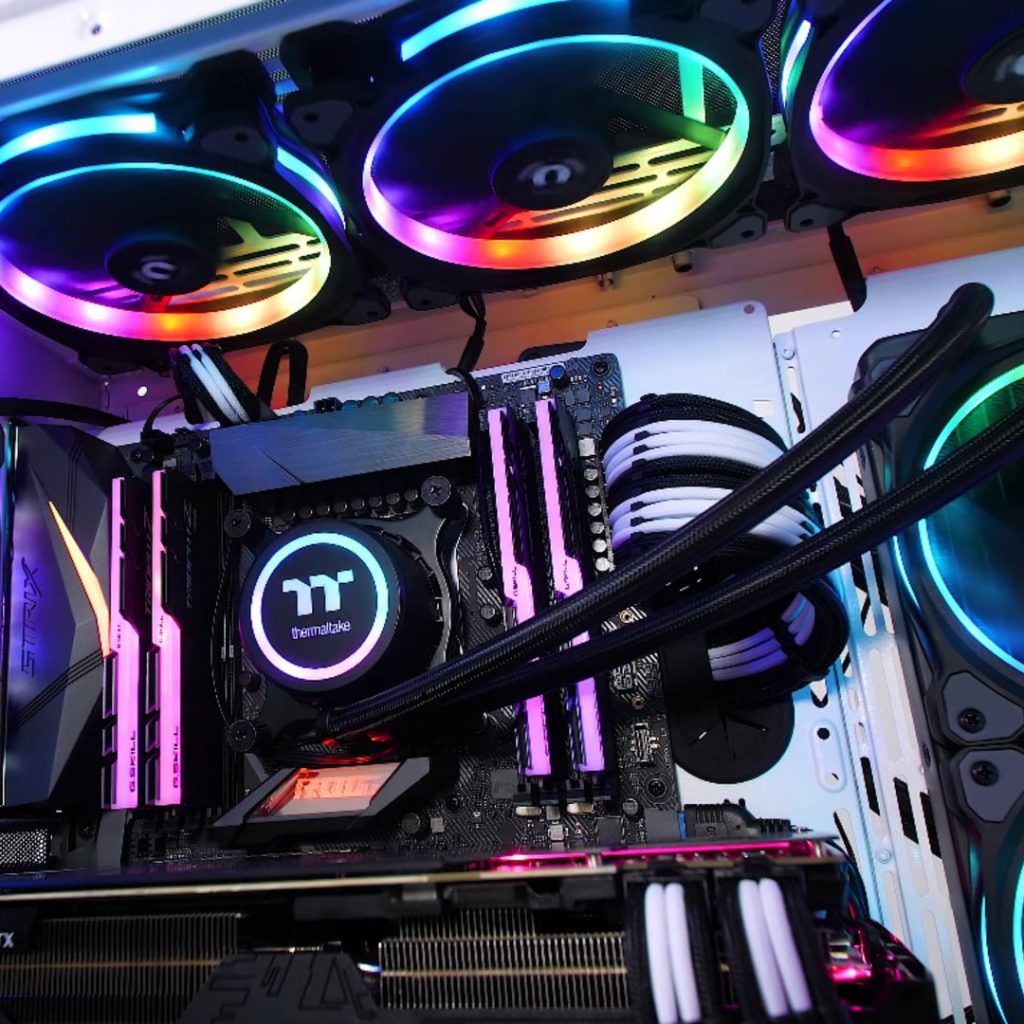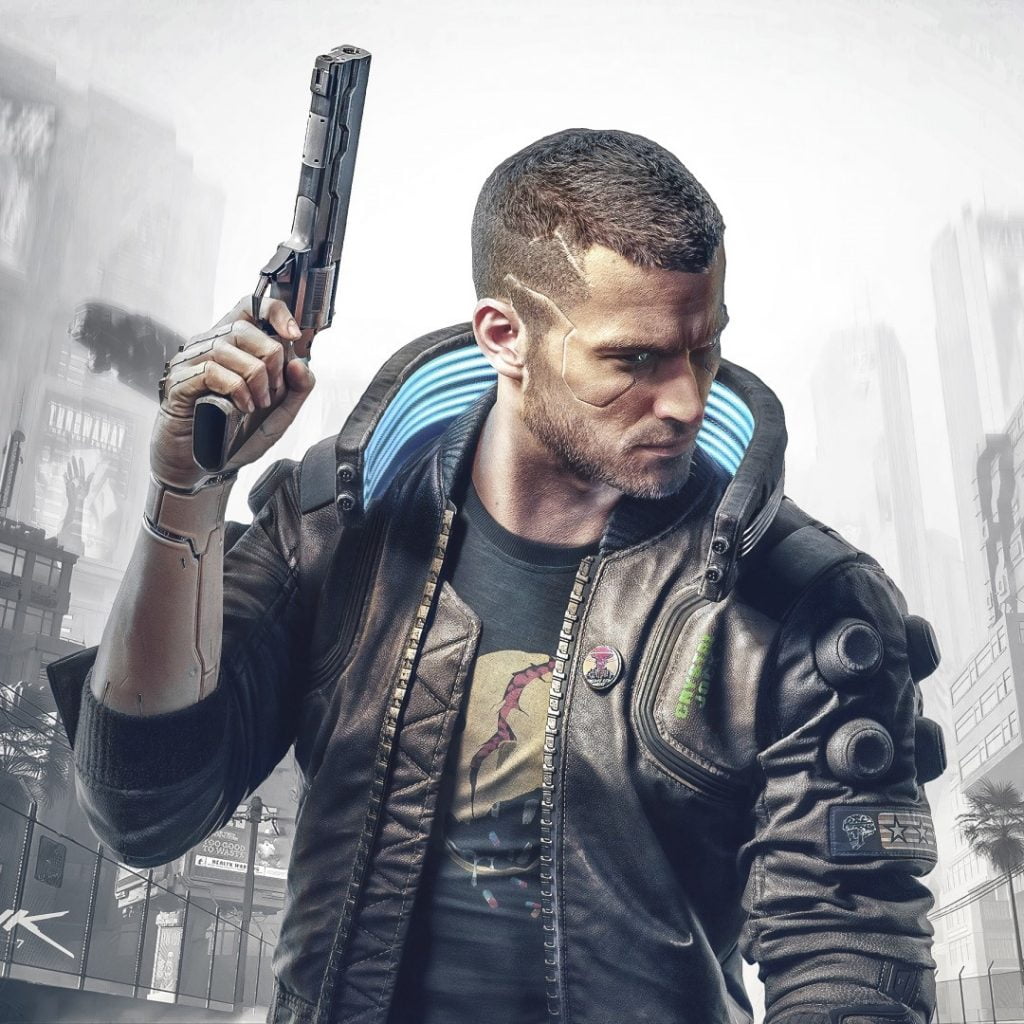When you purchase through links on our site, we may earn an affiliate commission. Learn more...
What Game Settings Affect Your GPU and CPU? – Full Guide
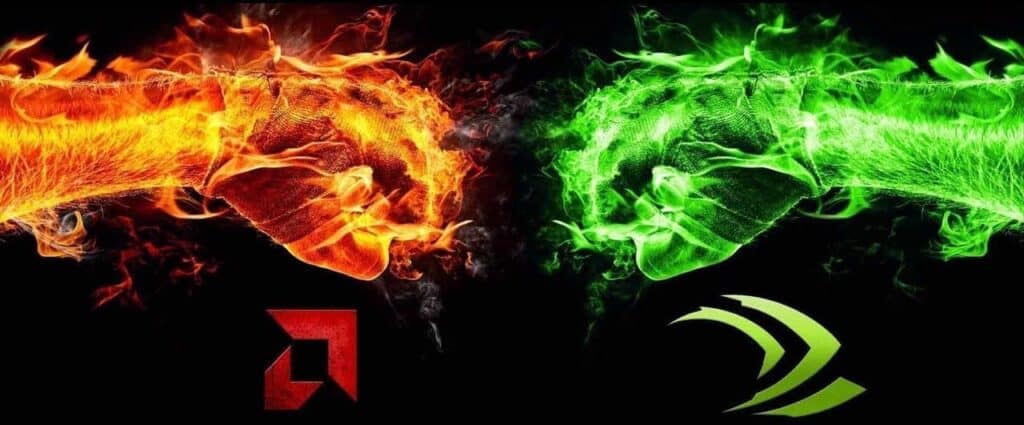
What Game Settings Affect the GPU?
In general, GPU-intensive settings are those that increase the visual quality of a game. Such settings are:
- Resolution
- Anti-aliasing and especially Multisampling (MSAA)
- Anisotropic Filtering (It’s hardly “intensive” though)
- Nvidia PhysX
- Supersampling
- Depth of Field
- Post-Processing
- Texture Quality
- Draw Distance (Render Distance)
- Ambient Occlusion
Nvidia PhysX can be rendered by both the CPU and the GPU. To get the best performance, it’s preferred to use a GPU that supports it with the downloadable software from the Nvidia website. For more information, click here!
In addition, Ambient Occlusion mostly affects the GPU. But, if the game is running on an old engine, the CPU may be impacted too.
What Game Settings Affect the CPU?
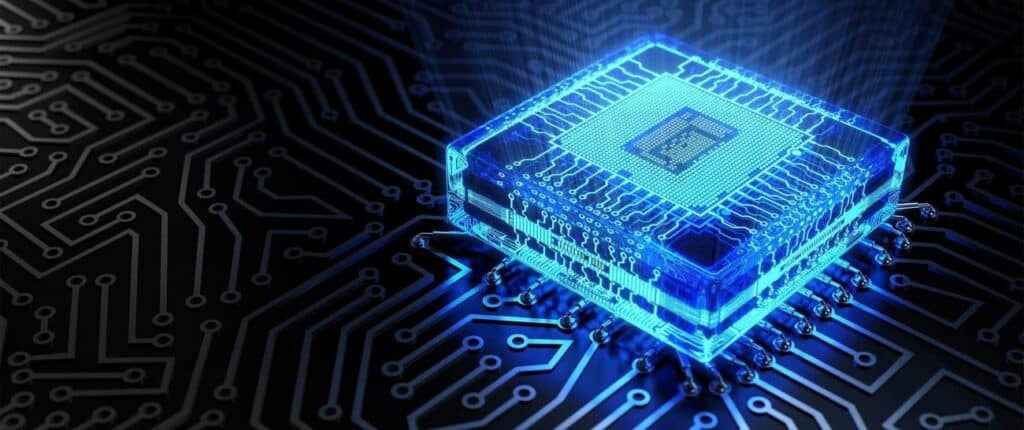
Anything that adds lots of stuff on your screen tends to be CPU-intensive. Such settings are:
- Shadows
- Some types of Anti Aliasing (e.g. MLAA)
- Volumetric Clouds
- Level of Detail
- View Distance (Depending on the game)
- Water Reflections
- Dynamic Lighting
- Particle Quality (e.g. Fog)
- Ambient Occlusion
- Post-Processing
- Nvidia PhysX (when CPU rendered)
Depending on the game and how it handles the Level of Detail (LoD), view distance can be processed either on the CPU or GPU. In most games, it mostly uses GPU and a little bit of CPU power.
Assessing Hardware Limitations and Bottlenecks
Understanding what your hardware can do and its limits is like, the first step in getting the balance right. High-end GPUs handles those graphically intense games pretty easy, but if your CPU isn’t able to keep up, you’re gonna get stuttering and FPS drops.
On the flip side, if your CPU is really strong, it can deal with things like complex simulations and AI stuff just fine, but if your GPU ain’t cutting it, you won’t enjoy all those awesome visuals modern games has to offer.
If you wanna spot bottlenecks, try using some monitoring software that gives you real-time data on your CPU and GPU usage while playing. If one is always maxing out and the other is just kind of sitting there, you’ve probably found the bottleneck.
Strategies for Optimizing Both GPU and CPU Usage Simultaneously
Getting your GPU and CPU to work together smoothly usually means making some smart choices with both your game settings and your hardware:
- Adjust In-Game Settings: First thing, tweak your game settings. Lower the ones that put too much strain on either the CPU or GPU, depending on which one is struggling for you. You can lower texture quality, anti-aliasing, or draw distance to make the load lighter on your GPU. If it’s your CPU having a tough time, try turning down the level of detail or physics stuff to give it a bit of break.
- Overclocking: If you got hardware that can be overclocked, you could potentially try overclocking your CPU or GPU to get a little more performance. Just be careful and make sure everything stay cool, so you don’t run into overheating problems.
- Hardware Upgrades: If your setup is still having trouble with new games(after 2020, upgrading your CPU or GPU might be a good idea. But, make sure the new parts work with your motherboard and power supply before you switch them out.
- Driver Updates: Don’t forget to update your GPU drivers. This help you get the best performance and keep everything working smooth with the latest games since Windows updates can mess things up for outdated graphics drivers.


